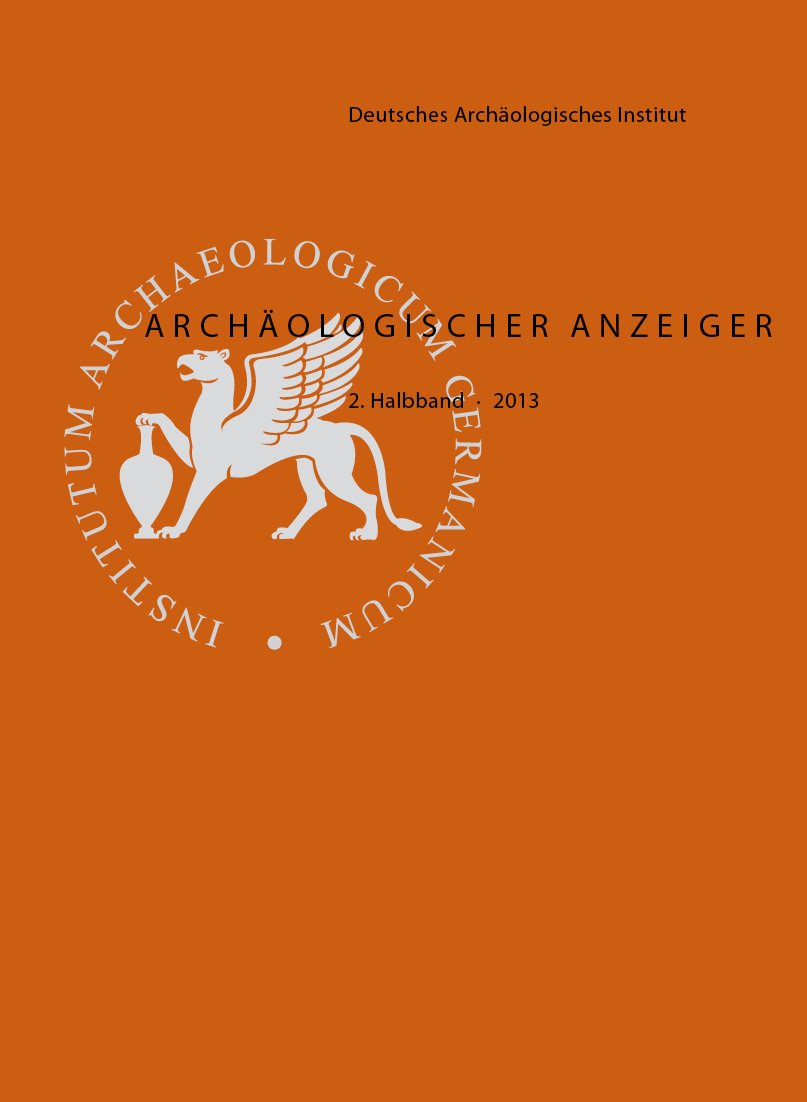Kings without Diadems – How the Laurel Wreath Became the Insignia of Nabataean Kings
https://doi.org/10.34780/4g6e-jp0e
Abstract
One aspect of Nabataean royal iconography that has long puzzled observers is the change of insignia from Hellenistic royal diadem to laurel wreath. This swap, which is well-illustrated and precisely dated on Nabataean coins, may at first seem a detail of little consequence, but seen in its proper cultural context, it offers a rare glimpse of Nabataean concepts of kingship and of the symbolic value of royal insignia in the Roman empire. While some would interpret the adoption of the laurel wreath, the emblem of a Roman imperator, as a nod towards Rome, an attempt by, say, Aretas IV to flatter and appease Augustus, the switch of insignia must be studied from the other end. What it evokes is another, more significant question that has not been considered so far: Why did Aretas abandon the diadem? How could the chief emblem of royalty worn by virtually every monarch at the Roman frontier, lose its appeal and validity for Aretas? By considering the significance of royal insignia in their proper cultural context, I argue that Aretas’ extraordinary renunciation of the conventional insignia of power was a well-calculated repudiation of the contemporary symbolism to express loyalty and obedience. Beside Nabataean conceptions of kingship, the swap of insignia can therefore also elucidate an aspect of Roman imperialism hitherto neglected, namely the symbolic and ritual language employed by Roman imperial authority in its dealings with foreign subordinate rulers.
Schlagwörter:
client kings, portraiture, numismatics, Nabataean dynasty, royal insignia





